How much is the coarse sugar grinding of hand-brewed coffee? Coffee grinding fineness picture reference [figure]
Coffee grinding has always been a lot of small partners often doubt the threshold of life, including many coffee shops in sharing brewing methods, to say the grinding degree of this piece,"medium grinding, coarse sugar size, small Fuji scale 4" These words must hear the ear out of oil. But I still don't know how thick this coarse sugar is.
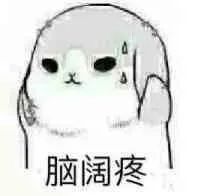
Why do these parameters seem to be standard and actually ambiguous "medium grind"? Some coffee shops like to use "fine grind, medium grind, coarse grind" to distinguish the grind, which leads to a consensus question. In this case, as a novice, you must accept his whole theory before you can understand how rough he means.
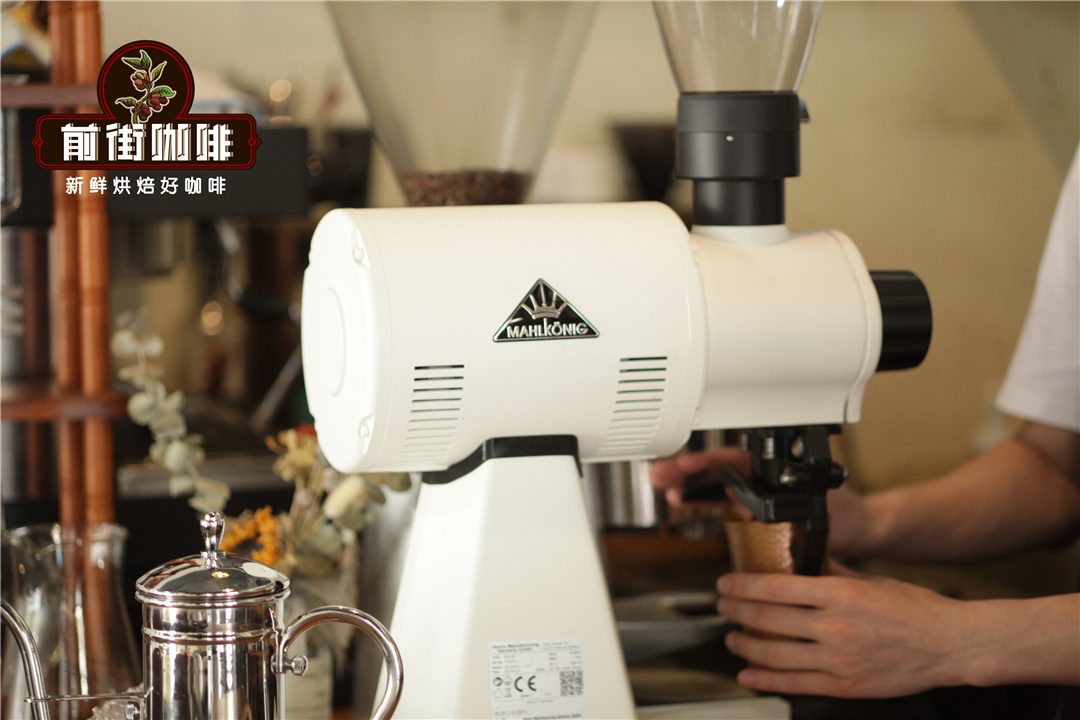
"Coarse sugar size", there are also some stores in the output grinding parameters for the analogy method, that is, take some of the things seen in daily life for reference, coarse sugar is a good reference. "Go back and get the coarse granulated sugar for reference. The grinding degree of this coffee is similar to the coarse granulated sugar!"
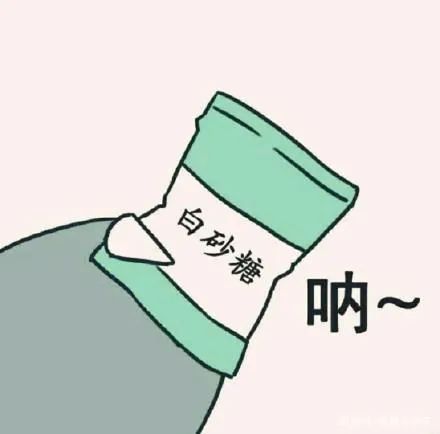
Since there is coarse granulated sugar as a reference, this expression is very scientific according to reason, but in fact, in the process of comparison, you are directly confused. Let's start with two points. The first point is that granulated sugar is divided into four levels: refined, excellent, first and second. Different grades of granulated sugar vary in purity and particle size accuracy. Sugar particle value is also divided into coarse particles (0.800~2.50mm), large particles (0.630~1.60mm), medium particles (0.450~1.25mm), fine particles (0.280~0.800mm); and in the consumer's cognition, only coarse sugar and fine sugar.
The second point is that the ground coffee powder is not all the same size, obviously very fine powder and very coarse powder will also be inevitable. Comprehensive two points, translation is no experience, compared to coarse sugar is compared to a lonely! "Small Fuji Scale 4", this type of use of some of the more common grinding machine scales as grinding parameters, looks very reliable. For example, if I use the same bean grinder as you, then your scale is my scale. Even if different models are used, there are many reference tables made by enthusiastic coffee players,"for example, the a scale of A grinder corresponds to the b scale of B grinder", such a standard system is not established. This seems to be the most scientific way of expressing it. Here, Qianjie shared the story of a guest who also liked hand-brewed coffee very much, so he bought a Japanese transfer Fuji at home, which was genuine. After more than half a year, he helped his good friend buy a small Fuji, also a Japanese genuine. When he was pregnant to help his friend test the machine, he found that his small Fuji and the new small Fuji with the same scale ground out of the coffee size is not consistent. The 3.5 scale of Small Fuji A corresponds to the 4 scale of Small Fuji B.
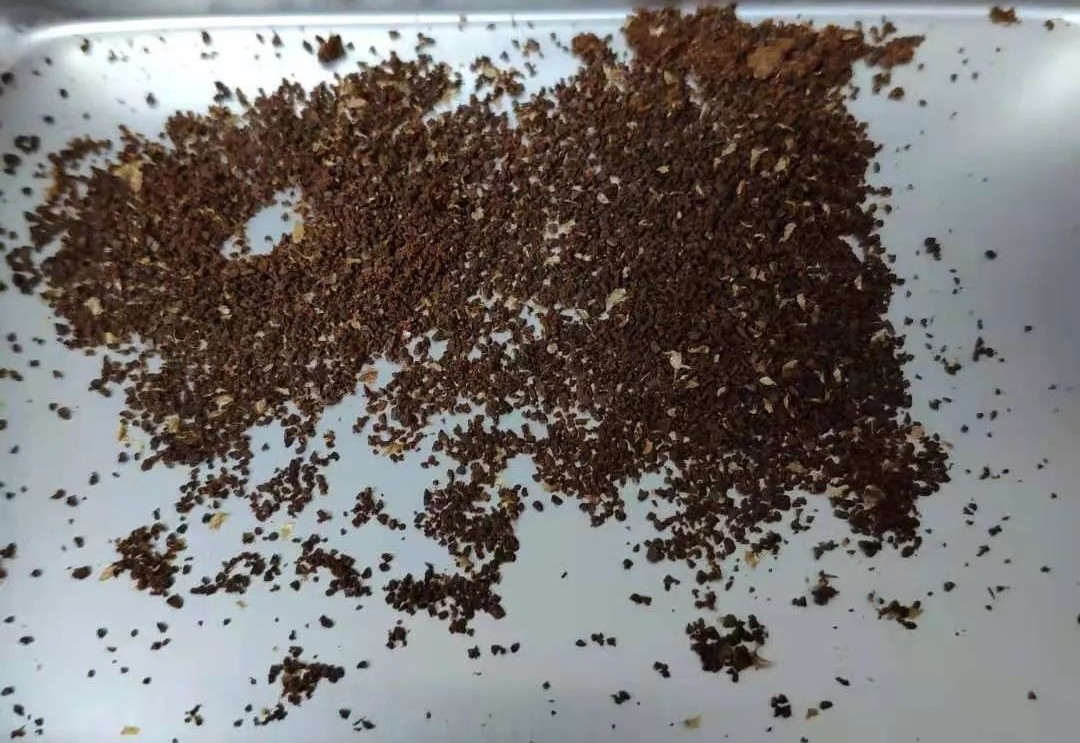
Sharing this thing is mainly to let everyone know that the same type of bean grinder may not be the same as the same scale grinding, which may be the factory accuracy and cutter head loss. But the reality is that there are errors, which must be admitted. That standards are broken once again. However, Qianjie believes that this is also the most direct and desirable method of these three methods, although there is a chance of large errors, but with the grinding reference table or can be used. Is there a more scientific way? Yes, in fact, like using coarse sugar as a reference object and grinding machine scales as a standard, this idea is not wrong, but as a standard object can not stand up. So for a more scientific way to specify abrasiveness, the tool must be fixed and less variable.
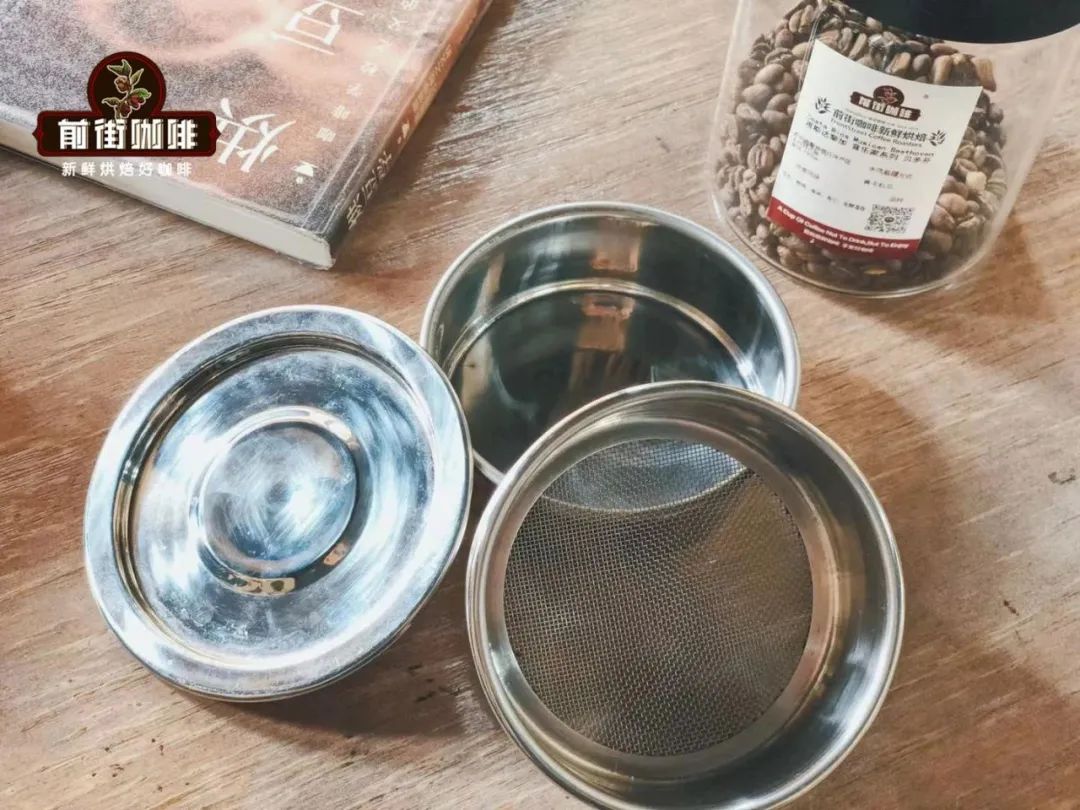
So we use the standard screen. This calibration method is initially used for cup test, cup test in order to be more objective and accurate, unified selection of 20 (0.85mm) sieve screening rate of 70-75% as the cup test grinding thickness. Why is it possible to calibrate grinding parameters using a sieve? The No. 20 screen mentioned in the front street is the 0.85mm aperture size of the national standard, which means that no matter who it is, the screen used is the same, so that the error can be reduced. The hand-impact grinding standard used in Front Street is No. 20 sieve with a pass rate of 80%. When Qianjie shared the brewing method with his friends, he often used the passing rate of No.20 standard sieve as a measure in terms of grinding degree. This way the partner can go back through the same size screen for sifting calibration to achieve the same thickness. (This screen is about dozens of pieces) No. 20 screen calibration: here and with the fine powder sieve to remove the purpose of different, must distinguish clearly, the purpose of this screen is to let you clearly understand your current grinding degree is which file, that is, the thickness of the judgment tool, the more coffee powder through the screen, then the finer the grinding degree, can be expressed by the percentage of the pass rate, for example, the pass rate of 80% is finer than the pass rate of 75% coffee powder.
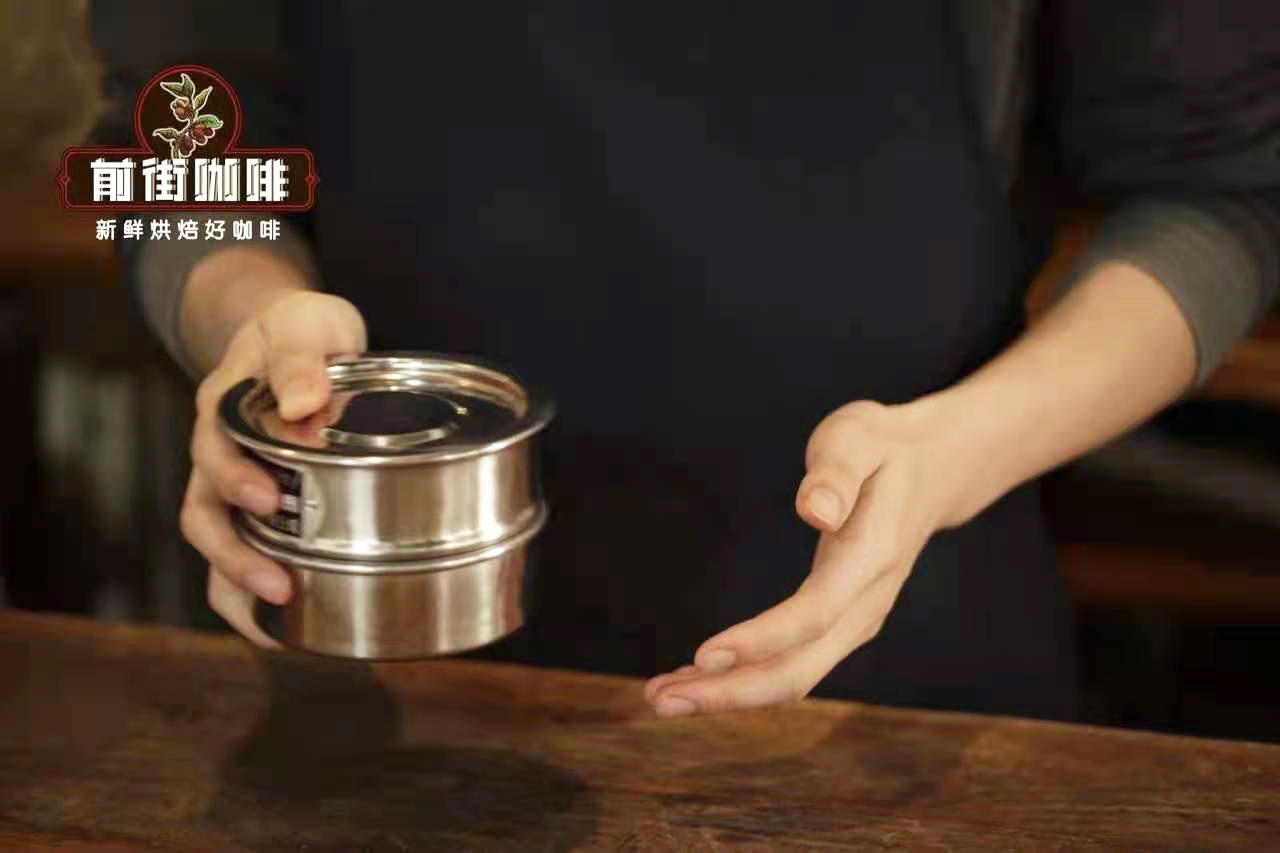
But this still has a disadvantage, that is, there is only one sieve, that is, the powder passing through the sieve is also divided into thick and thin. If the bean grinder precision is high, this disadvantage can be ignored, but the bean grinder is relatively poor, then... what method is useless. Of course, there are also finer coffee screens, such as the Canadian brand KRUVE powder sifter, from 0.2mm to 1.6mm screen, can accurately sift out the coffee powder particle size distribution range. Apart from the price of a hundred million points, there was basically no big problem. However, the front street is just popular science under the existence of such a thing, not to suggest that everyone buy! Don't get me wrong
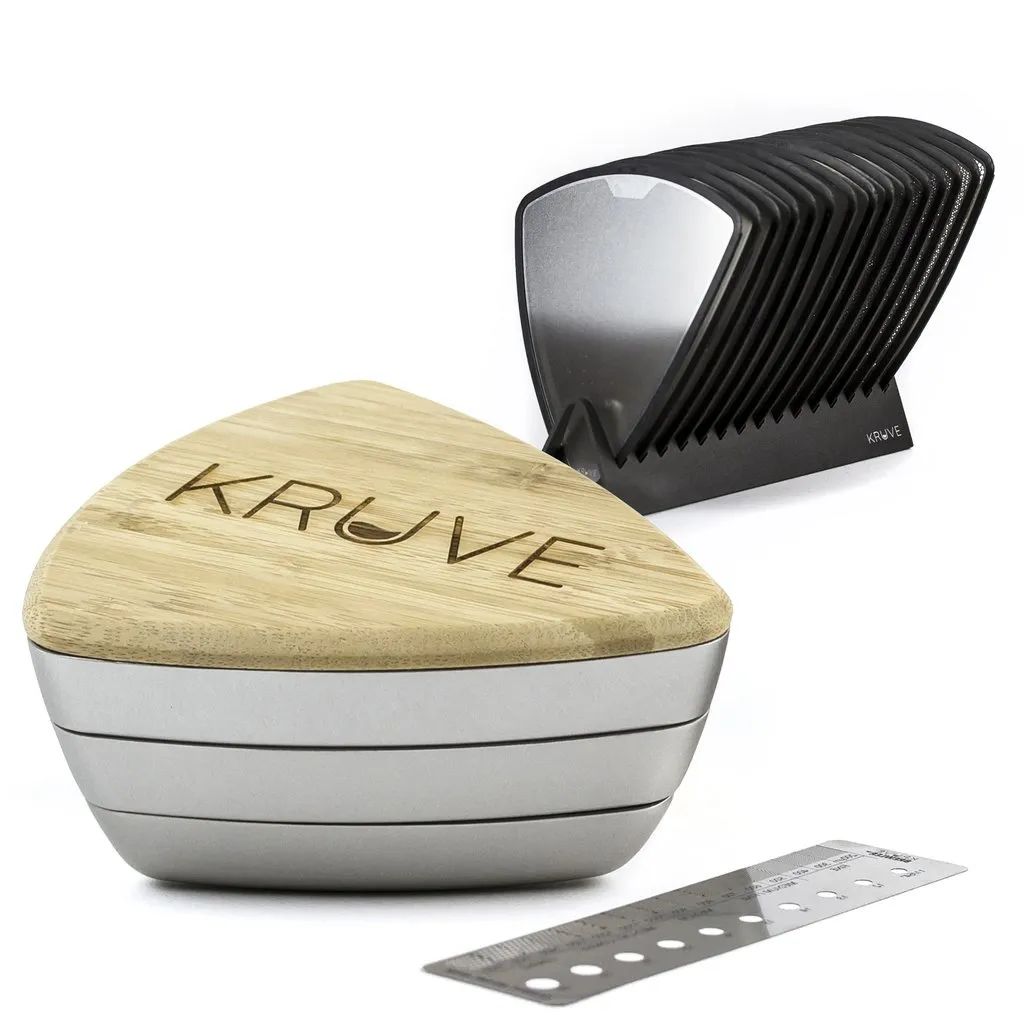
Important Notice :
前街咖啡 FrontStreet Coffee has moved to new addredd:
FrontStreet Coffee Address: 315,Donghua East Road,GuangZhou
Tel:020 38364473
- Prev

What's the difference between iron pickup coffee beans and bourbon coffee beans? which is better, iron pickup coffee beans or bourbon coffee beans?
What's the difference between iron pickup beans and bourbon beans? First, let's take a look at what these two coffee beans are; Typica is thought to be the prototype of all coffee variants or genetic screening. The Netherlands was the first country to spread coffee around the world and grow it commercially.
- Next

What is the most important thing to make a good cup of coffee? How to set the coffee extraction parameters? Entry-level skills of barista.
If we want to make a good cup of coffee, then the most important thing is our coffee beans, all the production is around it, so the quality of coffee beans directly determines the quality of a cup of coffee, how to choose coffee beans? If you make espresso, you can use the specialty of making espresso
Related
- Beginners will see the "Coffee pull flower" guide!
- What is the difference between ice blog purified milk and ordinary milk coffee?
- Why is the Philippines the largest producer of crops in Liberia?
- For coffee extraction, should the fine powder be retained?
- How does extracted espresso fill pressed powder? How much strength does it take to press the powder?
- How to make jasmine cold extract coffee? Is the jasmine + latte good?
- Will this little toy really make the coffee taste better? How does Lily Drip affect coffee extraction?
- Will the action of slapping the filter cup also affect coffee extraction?
- What's the difference between powder-to-water ratio and powder-to-liquid ratio?
- What is the Ethiopian local species? What does it have to do with Heirloom native species?

